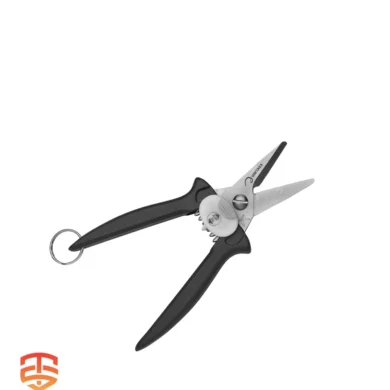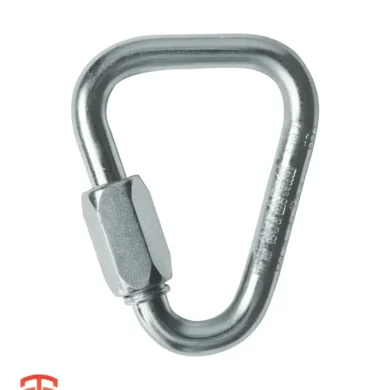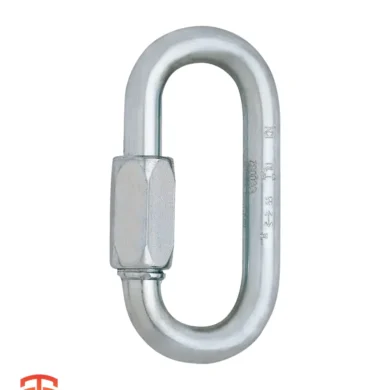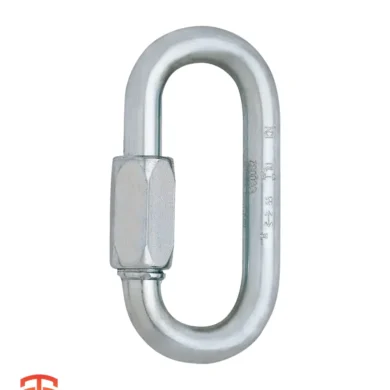Work Safety
Professional work safety equipment encompasses a broad range of gear designed to protect workers from potential hazards encountered in various work environments. Here’s a breakdown of some key categories and their purposes:
Personal Protective Equipment (PPE): This refers to equipment worn by workers to minimize exposure to specific hazards. Examples include:
- Head protection: Helmets to shield against falling objects or impacts.
- Eye protection: Goggles, safety glasses, or face shields to protect eyes from dust, debris, or chemicals.
- Hearing protection: Earplugs or earmuffs to safeguard hearing from loud noises.
- Respiratory protection: Respirators to filter out harmful dust, fumes, or vapors.
- Hand protection: Gloves to shield hands from cuts, burns, abrasions, or chemicals.
- Foot protection: Safety boots with features like steel toes, slip-resistance, or electrical hazard protection.
Fall Protection Equipment: Used in situations with a risk of falling from height, including:
- Harnesses: Full-body harnesses distribute fall impact and provide attachment points for lanyards and lifelines.
- Lanyards: Shock-absorbing lanyards connect a harness to a secure anchor point and reduce fall forces.
- Anchors: Secure points used to connect lanyards or lifelines.
- High Visibility Clothing: Clothing with fluorescent and reflective materials to enhance worker visibility in low-light conditions or near traffic.
Choosing the right safety equipment:
- Work environment and hazards: Identify the specific hazards present in the workplace to choose appropriate PPE.
- Industry regulations: Certain industries may have specific regulations regarding required safety equipment.
- Comfort and fit: Properly fitted and comfortable PPE is more likely to be worn consistently.
Showing all 7 results
-
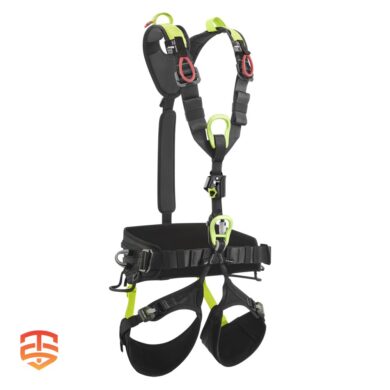
Edelrid VECTOR Y Full Body Harness
€ 256,00 Ex VAT Select options -
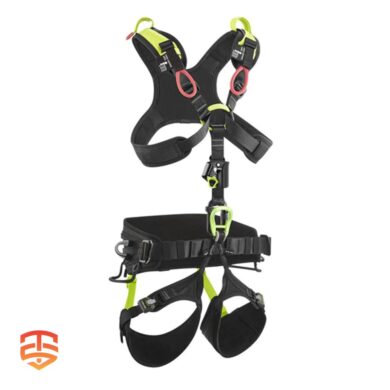
Edelrid VECTOR X | Full Body Harness
€ 256,00 Ex VAT Select options -
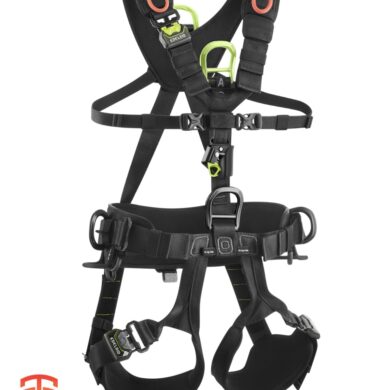
Edelrid Vertic Triple Lock | Full Body Harness
€ 270,00 Ex VAT Select options -
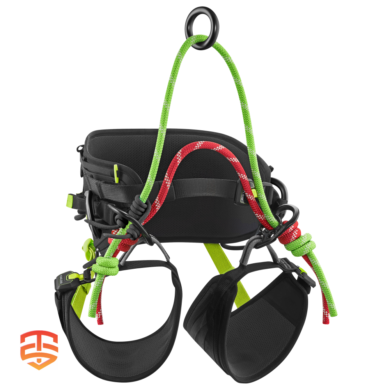
Edelrid TREEREX TRIPLE LOCK | Sit Harness
€ 292,00 Ex VAT Select options -
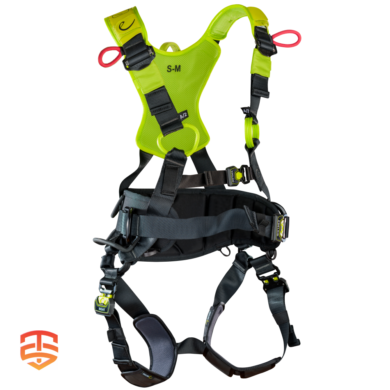
Edelrid FLEX PRO | Full Body Harness
€ 241,00 Ex VAT Select options -
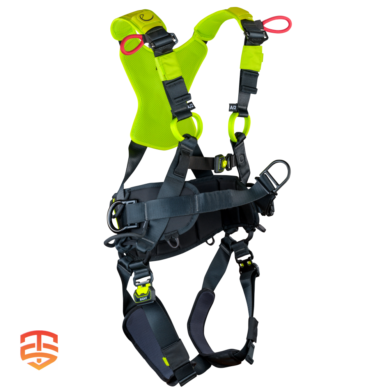
Edelrid FLEX PRO PLUS | Full Body Harness
€ 227,00 Ex VAT Select options -
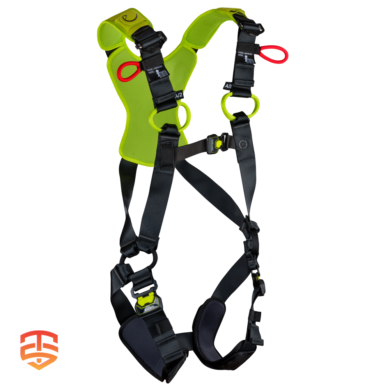
Edelrid FLEX LITE | Full Body Harness
€ 106,00 Ex VAT Select options
Showing all 7 results
New In
We Recommend
-
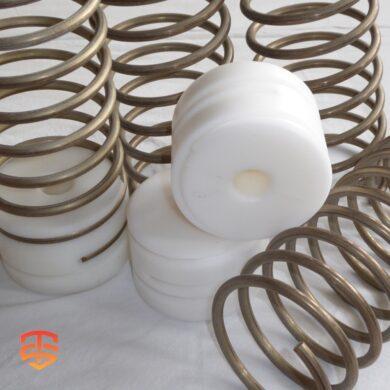
Spring Brake System | Primary & EAD zipline brake
€ 98,00 Ex VAT -
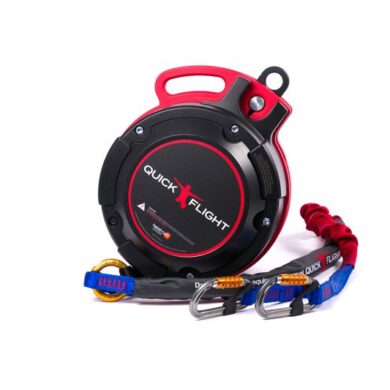
QuickFlight Free Fall Device | 6 – 15,3 meter
€ 4.249,00 – € 4.549,00 Ex VAT Select options -
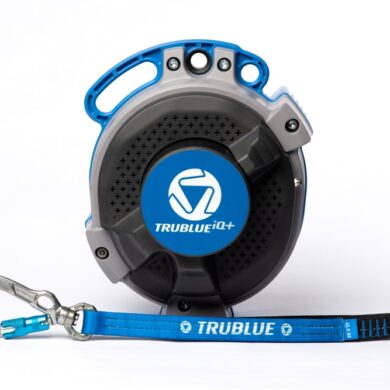
TRUBLUE iQ Auto Belay | 4,5 – 20 meter
€ 2.799,00 – € 2.999,00 Ex VAT Select options -
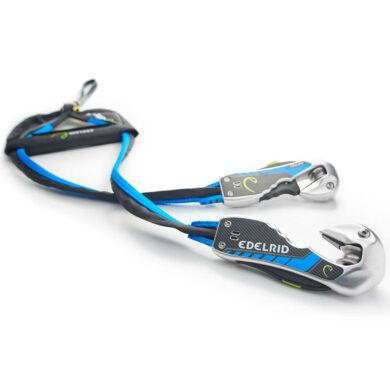
Edelrid Smart Belay X | Magnetic Locking Mechanism
€ 420,00 – € 485,00 Ex VAT Select options

